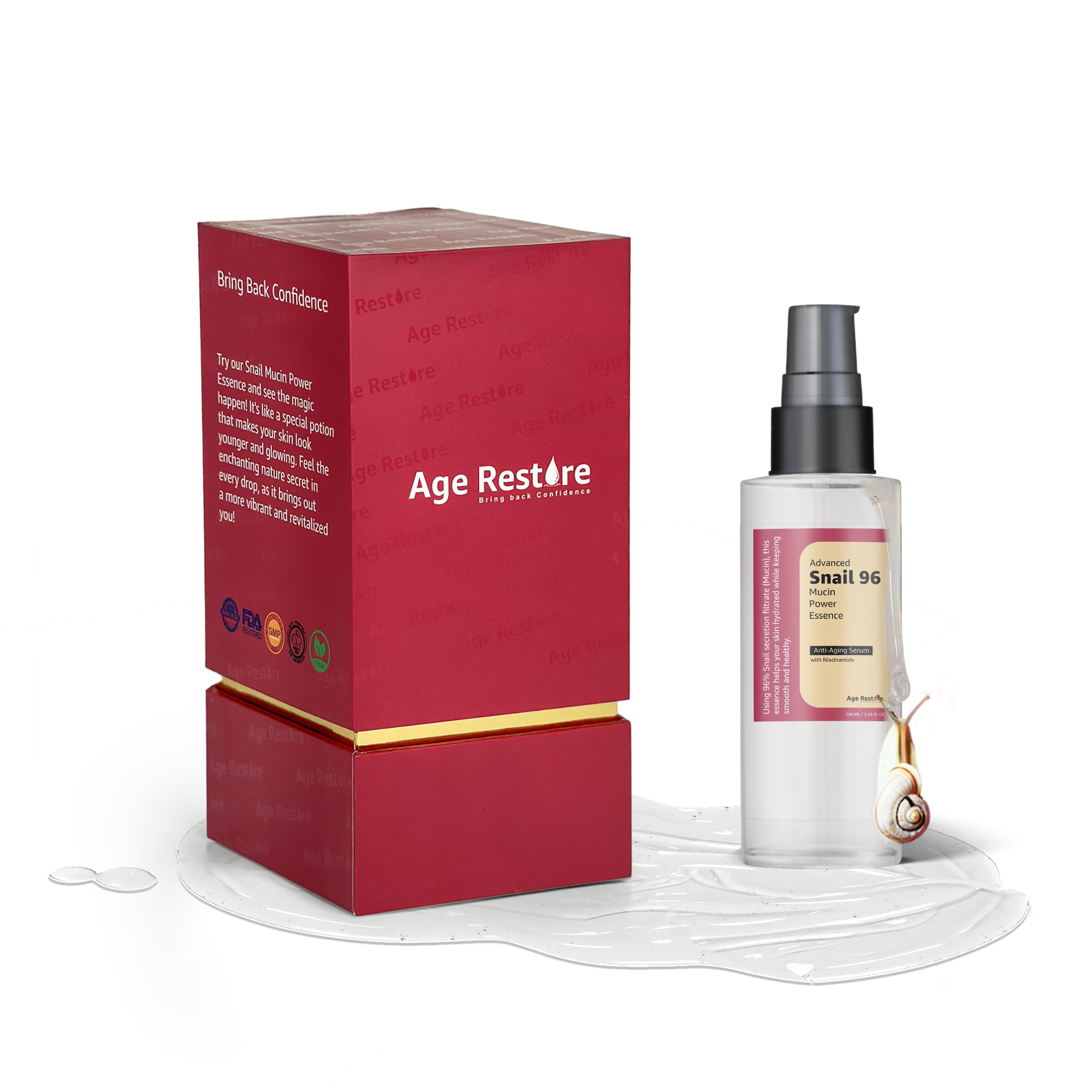
How to use retinol serum at night?
When discussing skincare, retinol is usually the highest priority. Retinol is a well-known, potent, multipurpose active component in the market. A retinol serum can help minimize acne's visibility and encourage collagen production.
This renowned component is a staple among skincare fans and has been confirmed by various scientific research and reports. To help you understand how to use retinol serum at night correctly in your daily skincare routine, we've compiled a list of the crucial steps you should take for the most remarkable possible outcomes.
How to use: step by step:
- Try a small amount on a tiny part of the skin (a patch test) before using a retinol serum or cream for the first time to determine whether you have any adverse side effects. After a few days, if the area of your skin isn't too red or sensitive, you may start incorporating retinol into your bedtime skincare routine.
- Retinol should always be used according to the directions on the packaging or as advised by your medical professional. These are the steps that you need to follow generally:
- Wash your skin thoroughly with a mild cleanser, then pat it dry with a towel. This is crucial because retinol will absorb more deeply into your skin and possibly irritate it if it is even slightly damp. When using retinol serum, avoid exfoliating or scrubbing your skin.
- Put on some eye cream. The sensitive skin surrounding your eyes will be better protected with the application of an eye cream.
- Cover your entire face with only a small amount of retinol. Avoid getting it in the mouth, nose, or eyes. Use an amount of retinol comparable to a pea's size. Retinol should only be applied every other day for the first several weeks of treatment.
- Complete your look with a face moisturizer that won't clog your skin pores.
- The morning after, remember to use a broad-spectrum protection sunscreen because retinol promotes your skin's reactivity to sunlight.
How frequently should you apply retinol?
The best way to reduce the risk of irritation, redness, or itching when using retinol is to start using it gently. This is especially critical when using retinol on dry or sensitive skin. It is beneficial to stick to the 1-2-3 rule: use retinol once a week for a week, twice per week for two weeks, a total of three times for three weeks, and then every week if no adverse consequences happen. Return to a lesser dosage for a week if you are experiencing peeling, redness, or discomfort.
Conclusion:
It's common to observe changes in our skin with time. Most people get wrinkles and acne at a particular time in their lives. One substance that can help your skin look clearer and plumper is retinol serum. Try not to lose hope because it may take a few weeks to notice any positive changes with retinol. Increase your retinol usage gradually, starting softly to have the best results.
Read More Where to use retinol serum









